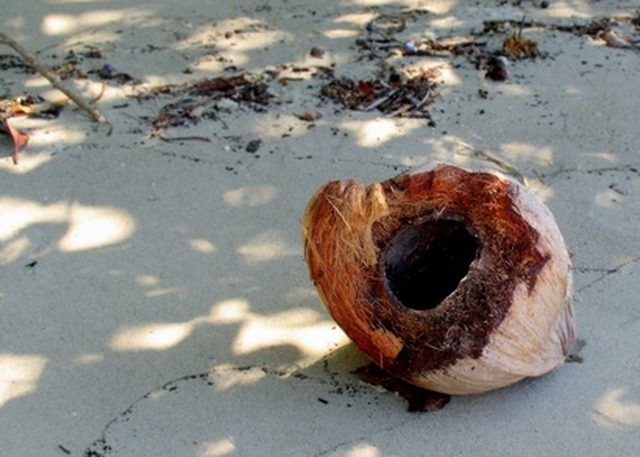Bulbs
Flower Basics
Flower Beds & Specialty Gardens
Flower Garden
Garden Furniture
Garden Gnomes
Garden Seeds
Garden Sheds
Garden Statues
Garden Tools & Supplies
Gardening Basics
Green & Organic
Groundcovers & Vines
Growing Annuals
Growing Basil
Growing Beans
Growing Berries
Growing Blueberries
Growing Cactus
Growing Corn
Growing Cotton
Growing Edibles
Growing Flowers
Growing Garlic
Growing Grapes
Growing Grass
Growing Herbs
Growing Jasmine
Growing Mint
Growing Mushrooms
Orchids
Growing Peanuts
Growing Perennials
Growing Plants
Growing Rosemary
Growing Roses
Growing Strawberries
Growing Sunflowers
Growing Thyme
Growing Tomatoes
Growing Tulips
Growing Vegetables
Herb Basics
Herb Garden
Indoor Growing
Landscaping Basics
Landscaping Patios
Landscaping Plants
Landscaping Shrubs
Landscaping Trees
Landscaping Walks & Pathways
Lawn Basics
Lawn Maintenance
Lawn Mowers
Lawn Ornaments
Lawn Planting
Lawn Tools
Outdoor Growing
Overall Landscape Planning
Pests, Weeds & Problems
Plant Basics
Rock Garden
Rose Garden
Shrubs
Soil
Specialty Gardens
Trees
Vegetable Garden
Yard Maintenance
How to Grow With Coco Coir
How to Grow With Coco Coir. For generations, gardeners have used peat moss to condition soil. Peat moss helps to make heavy clay light and fluffy and to hold moisture in sandy soils. Peat moss is also a useful soilless substitute for starting seedlings indoors. But concerns about diminishing peat moss have caused many gardeners to look for a...

For generations, gardeners have used peat moss to condition soil. Peat moss helps to make heavy clay light and fluffy and to hold moisture in sandy soils. Peat moss is also a useful soilless substitute for starting seedlings indoors. But concerns about diminishing peat moss have caused many gardeners to look for a substitute. One promising substitute is coir dust. This product is made form coir fibers, which come from the husk of coconuts.
Things You'll Need
Coir dust potting soil
Potting tray
Watering can
Seed
Plastic wrap
Fluorescent lamp
Fill the individual compartments of a potting tray with coir dust. Coir dust looks like peat moss, but is slightly granular.
Water the coir dust until the substance is as damp as a wrung-out sponge.
Create planting pockets in each cell by pushing aside coir dust with the tip of a pencil.
Drop a seed into the planting pocket. Most seeds sprout best when planted twice as deep as the seed's diameter at its widest point.
Push the coir fiber into place around the seed. Cover the seedling tray with a piece of plastic wrap and place it 6 inches beneath a fluorescent lamp.
Remove the plastic wrap when the seeds sprout. Check the seedlings daily and water the coir dust whenever it appears dry to the touch. Coir will need less frequent watering than peat moss because it can hold up to nine times its weight in water.
Lift the fluorescent lamp as the plants grow so that the lamp always remains no more than 6 inches away from the tops of the plants.
Move the plants outdoors into the shade during daylight hours for a week to harden them off before transplanting.
Open a planting hole in the ground that is large enough to accommodate the root ball of the plants. Grasp the plant by the stem at the soil line with one hand and push up on the bottom of the planting tray's cell to remove the root ball. Place the roots of the plant along with the coir dust soil into the planting pocket and fill in around the root ball with soil.
Tips & Warnings
Coir dust can be used anywhere that you use peat moss, including potting soil mixes and as a soil conditioner.